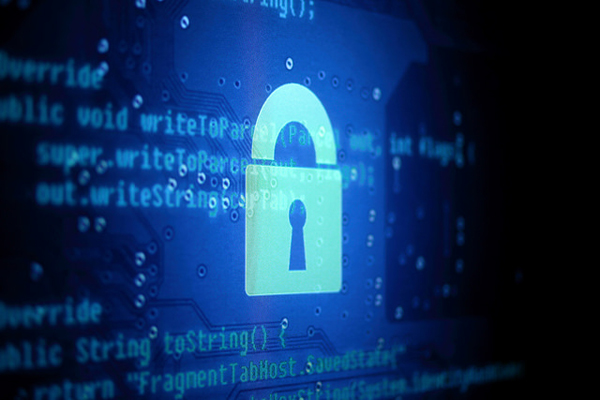For those interested in a little extra data security, here are a few suggestions

The theft of private celebrity photos earlier this month was a crime, and the owners of the images are not to blame—they are victims.
The theft of private celebrity photos earlier this month was a crime, and the owners of the images are not to blame—they are victims.
However, it’s normal after such a disturbing incident to consider beefing up your own data security, and here are a few simple ways to do it:
1.) Keep your most sensitive photos and information off the cloud and store them on more private devices.
Anything stored online is of greater liability than something stored only on your phone or computer.
Turning off automatic-upload features for photos is one way to prevent sensitive photos from being spread to many different devices.
2.) Be intelligent when creating your passwords.
Despite being continuously told to use stronger passwords, we generally fail to do so.
One of the most common tactics for hackers is to guess passwords (as was the case in the recent celebrity photo theft), so it’s crucial to pay appropriate attention to password strength.
3.) Protect physical access to the device your data is stored on.
Private photos that exist exclusively on a single device can still be compromised by someone accessing them physically. Making use of the passcode for the lock screen is a good idea.
Other third-party utilities for phones exist to provide a secondary layer of protection, with features such as alternate entry points to social media which require a secondary password to enter.
There are also apps that protect selected photo folders with an extra level of security.
If you’ve lost your phone and are concerned that some tech-savvy thief might find their way into your files, there are also ways to remotely wipe the phone’s data.
4.) Beware spyware.
An iPhone that hasn’t been jailbroken can’t be hacked remotely, and will not support spyware. However, a jailbroken phone is at greater risk.
There are also ways to jailbreak a factory-standard phone and install spyware with very little evidence, as well as online tutorials that can help you figure out if your security has been compromised, and how to restore it.
Android phones don’t require jailbreaking for the installation of spyware, and such software can be a little harder to detect. Sudden excessive data use, battery use, or sudden strange behaviour of the device can be clues that something is amiss.
While it’s never a victim’s fault if their private photos and videos are stolen, being mindful of these potential precautions can help put your mind at ease about the security of your personal content.


